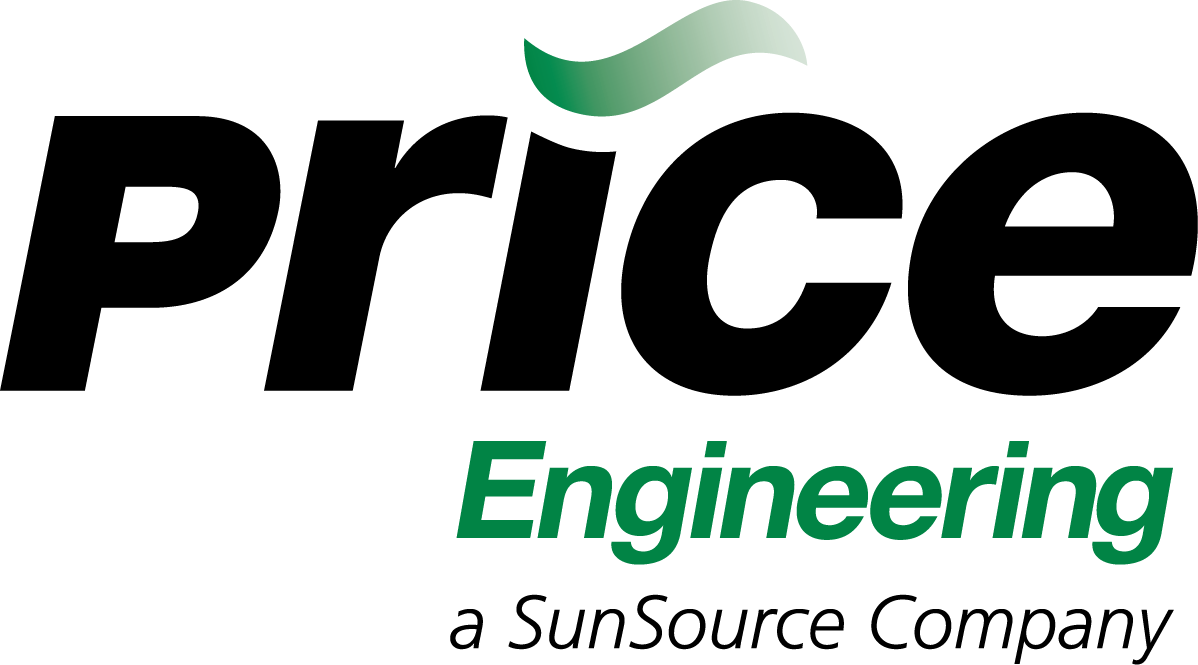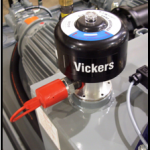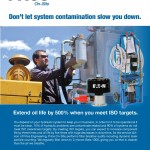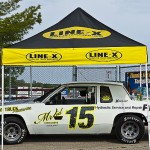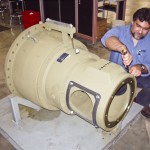Is Your Filter Cart Doing More Harm Than Good?
By: Ron Durante – General Manager of Price On-Site
I recently visited a customer of mine that had purchased multiple filter carts from us and was surprised to see upon arriving that they only had one cart for all multiple fluids. Not only that, it utilized an outlet wand and had two coarse nominal filters with non-differential indicators. This might be an extreme case of misuse, lack of maintenance, and very poor storage procedures, but there are other pitfalls to be aware of.
Another customer explained that they did indeed have a filter cart and proudly explained they used it throughout the plant to fill, top off, and drain various hydraulic, lube systems, and sumps. In both of these instances there are several recurring problems:
Never compromise the current system cleanliness by inserting an oily wand.
It has collected contaminates since its last use. Use quick disconnects with dust caps to make system connections. It is best that quick disconnect is tee’ed in before return line filter.
Price On-Site makes a great little breather eliminator that incorporates the quick disconnect and a 3 micron Beta 200 breather, with moisture prevention, and indicator. The use of wands on inlet is fine, but avoid contaminating your system by opening it to atmosphere and inserting foreign objects.
Use different filter carts for use with multiple types of fluids.
Using one cart for different fluids will contaminate your systems with incompatible fluid particles. Color-coding them will help you identify which cart it to be used with each type of fluid. The cost associated with multiple carts is much lower than the cost of fixing fluid contamination.
The goal of filling a reservoir is to provide clean fluid, so don’t mess around with cascading elements i.e. 25 micron to a 10 micron, to a 3 micron. Go with multiple 3 micron beta 1000 elements in series. This will give the best possible results in single pass operation.
Use two or three, 3 micron Beta 1000 filter elements in series for single pass filter transfer systems.
New oil generally has an ISO code of 22 to 24 for 4 micron and above. The range code 23 equates to 80K particles in a milliliter of oil. There’s 3785 ml in a gallon so, 302,800,000 particles times 55 gallons equals 16,654,000,000 particles. If you run this through a 3 micron beta 1000 element at 99.9% efficient you end up pumping 16 million particles into you system. Divide this out and you’re at an ISO 19 range code in a perfect scenario.
If you drop one ISO code with each pass taking in inefficiencies, stem and bypass leakage, etc. so more like ISO 22 range code. You cut contaminates in half, but you’re also pumping dirty oil in reservoir.
The same scenario with two or three filters in series will significantly drop your particle quantities and possibly hit your ISO Cleanliness target with single pass through your filter cart. This gives you the best possibility of clean oil. Use one indicator on last filter inline and change all three when this one indicates. This also gives you the best filter life overall.
The first filter and possible the second will be in particle bypass by the time last one indicates, but remember they are still filtering some oil and no oil is bypassing last filter. Incorporate a 50 psi bypass in last housing inline to again give yourself the best life and cleanest oil.
Stock only one filter element – 3 micron beta 1000.
Avoid purchasing the cheapest filter cart on the market. Do some investigation, look for multiple filters on pump outlet with 3 micron Beta 1000 elements, quick disconnect for system connection and get one for each fluid you transfer to avoid cross-contamination.
For more information on system filtration, contact Price On-Site at (262) 369-2147 OR visit www.priceonsite.com
More from my site
Leave a Reply
-
Archives
- August 2022
- April 2022
- August 2021
- December 2020
- August 2020
- January 2019
- September 2018
- March 2018
- February 2018
- December 2017
- November 2017
- October 2017
- September 2017
- May 2017
- April 2017
- March 2017
- February 2017
- October 2016
- September 2016
- August 2016
- July 2016
- June 2016
- March 2016
- September 2013
- July 2013
- March 2013
- January 2013
- December 2012
- November 2012
- October 2012
- September 2012
- August 2012
- July 2012
- June 2012
- May 2012
- April 2012
- March 2012
- February 2012
Signup Today
to get our monthly Enews delivered to your inbox.
